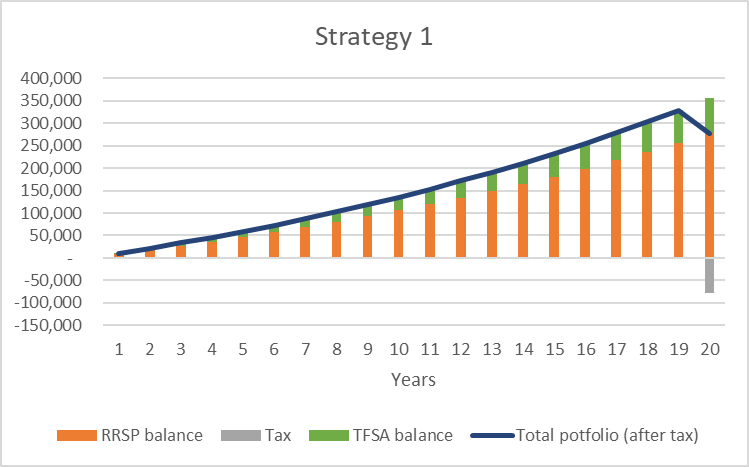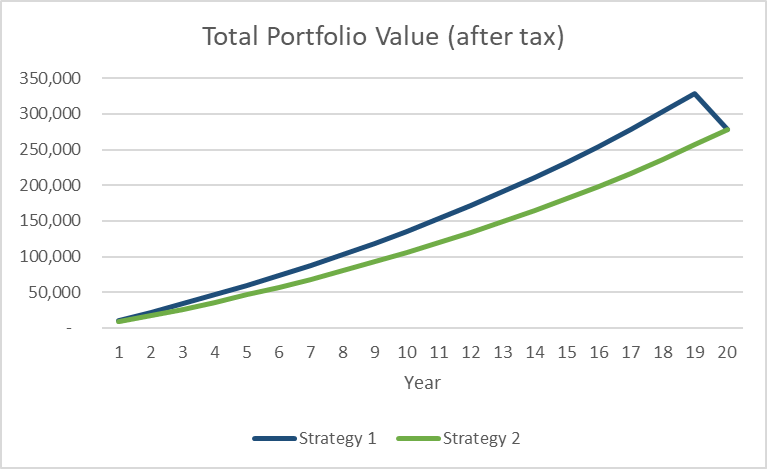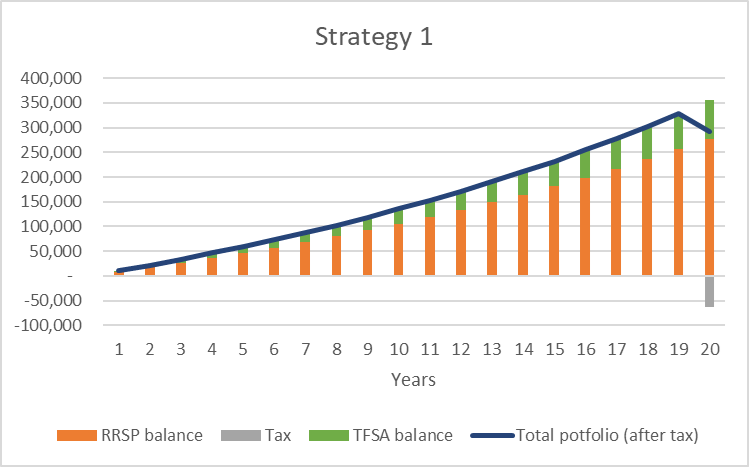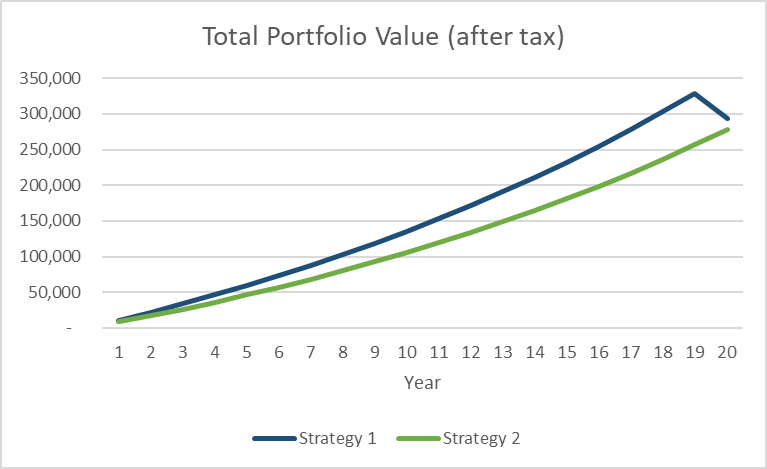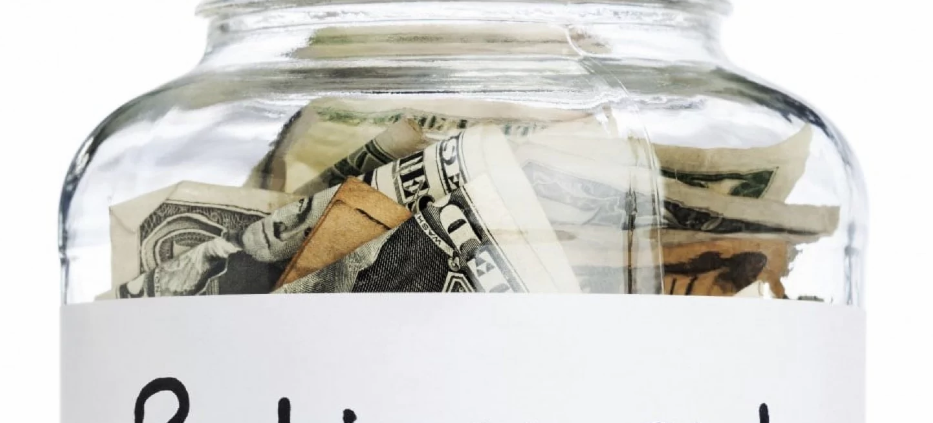For many Canadians the perfect retirement includes owning a vacation property. For some the decision to buy turns out to be a dream come true but for others it can be an expensive nightmare. Here are some things to consider before making the emotional decision to buy a vacation property.
Why do you want it?
Possibly owning a vacation property will allow you to spend more time at a destination you love, it will become a place where you can take your family and friends or you feel it will be a great investment. Whatever the reason, it is important to understand what your motivation is and then evaluate if that’s realistic and reasonable given your current situation. Read more


